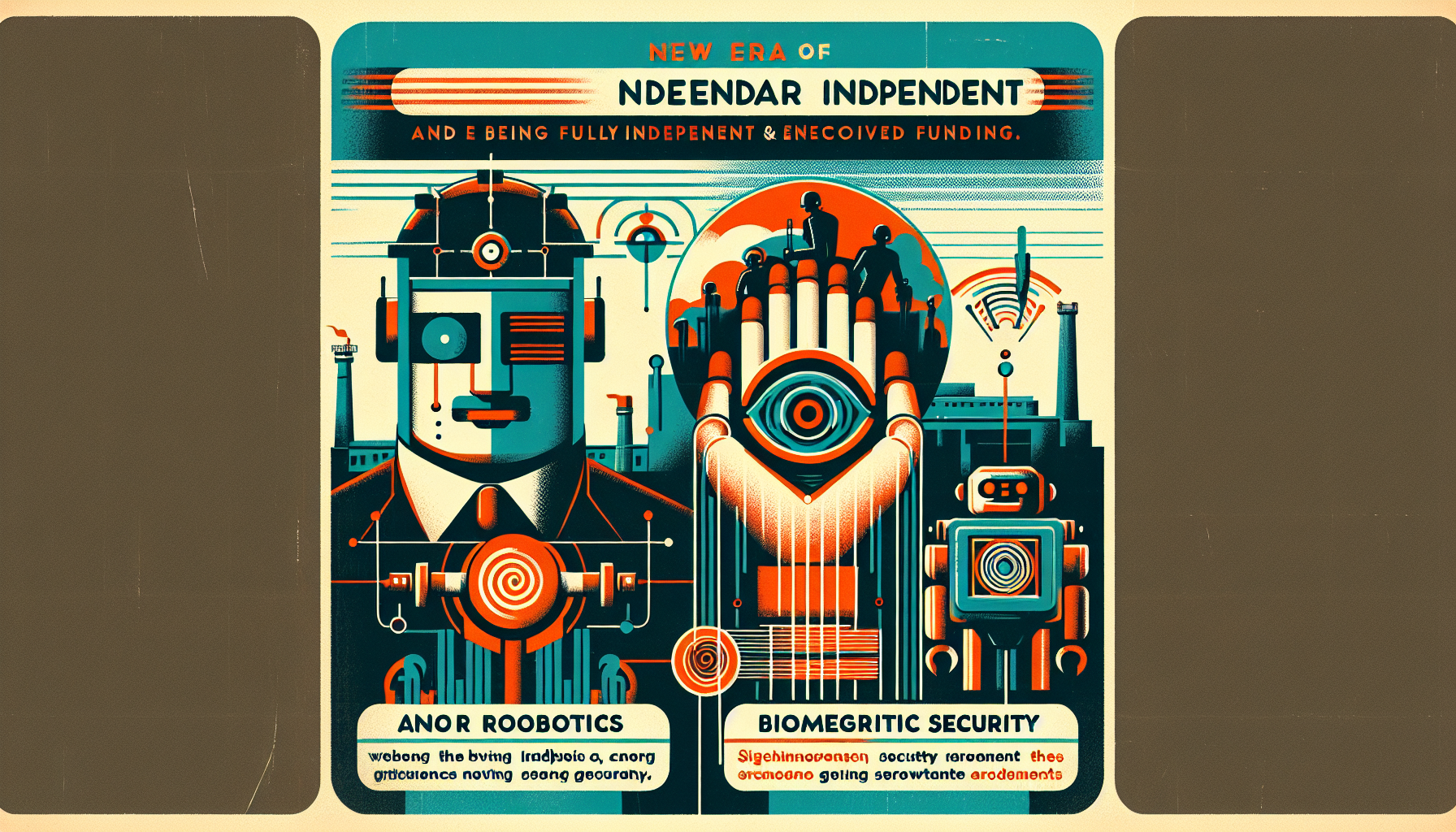RealSense, a pioneer in computer vision technology, has entered a new era. Now fully independent from Intel, the company has secured $50 million in funding to boost its growth, especially in the world of robotics and biometric security. This transition marks an important step for both RealSense and the wider technology landscape.
Bringing Machines to Life with Vision
RealSense’s core technology centers on advanced depth-sensing cameras. These cameras do far more than capture flat images—they help machines see the world in three dimensions. By mimicking the way human eyes work, these cameras use two or more lenses, combined with powerful AI software, to build a detailed map of the spaces around them.
This 3D vision is crucial for robots and automated devices. With it, machines can navigate complex, changing environments where safety and precision matter. For example, a robot can carefully move around people and obstacles in a busy warehouse, or guide a drone to land safely by understanding the terrain below. The technology is also finding important uses in biometric security, enabling smarter and safer ways for humans to interact with machines—from secure facial recognition to gesture-based controls.
New Investment, New Possibilities
The $50 million funding round was led by Intel Capital, supported by the MediaTek Innovation Fund and other strategic partners. This significant investment gives RealSense the resources to scale its manufacturing and reach more customers worldwide. It also empowers the company to invest further in research and development, driving the advancement of next-generation depth cameras and AI-powered vision systems.
These funds will help RealSense deepen its role in shaping the future of robotics. By producing smarter vision technology, the company aims to unlock new capabilities for machines that will be working more closely with humans.
A Vision for the Future
Nadav Orbach, RealSense’s CEO, shines a light on what this independence means. After years of leading the company through remarkable growth—serving over 3,000 clients and counting—he shares a deep sense of purpose. The goal is clear: help machines see and understand the world as we do, and make that technology widely available.
The demand for computer vision sensors is growing rapidly, especially as societies turn to automation in fields like logistics, medicine, security, and beyond. RealSense is focused on making interactions between humans and robots safer and more natural, and building better access control systems that protect privacy and security. The company believes that by continuing to break new ground in vision technology, it can play a transformational role in the era of intelligent machines.
Why Independence Matters
The decision to spin out from Intel was a strategic one, with full support from former Intel CEO Pat Gelsinger. Operating as an independent business gives RealSense newfound agility. The team can now move faster, invest more boldly, and focus entirely on its unique mission. This freedom enables deeper collaboration with partners and quicker responses to a constantly evolving market.
The move also reflects a shift across the tech world: large companies are encouraging specialized teams to branch out on their own to speed up innovation. For RealSense, this means a brighter spotlight on its unique strengths and a better path toward leading the next generation of AI-driven vision solutions.
Lighting the Way Forward
RealSense’s journey as an independent company, supported by fresh funding, represents a significant milestone. The company’s work stands at the intersection of technology and possibility, expanding what robots and machines can truly achieve. As RealSense continues to enhance how machines perceive the world, the ripple effects will be felt in industries everywhere, from robotics to security and beyond. Their mission remains simple and powerful: to bring safer, smarter, and more human-like vision to the technology that will shape our future.

Leave a Reply